Should Your Whisky Be Chilled Or Not? The Answer Isn’t That Simple
At a whisky tasting experience or even at a cocktail night, whisky can be served either by itself or on the rocks or with a few drops of water. When whisky is served on the rocks or with cold water or with ice added to cocktail blends, this process alters the temperature of the spirit which in turn affects its tasting notes.
So, whether or not to serve whisky chilled remains a complex question with no easy answer. There are numerous pros and cons involved in adding ice to whisky or even storing it in the fridge or serving it directly at room temperature.
Here’s a breakdown of several questions that might come up while serving whisky and some ways to approach their mixology solutions.
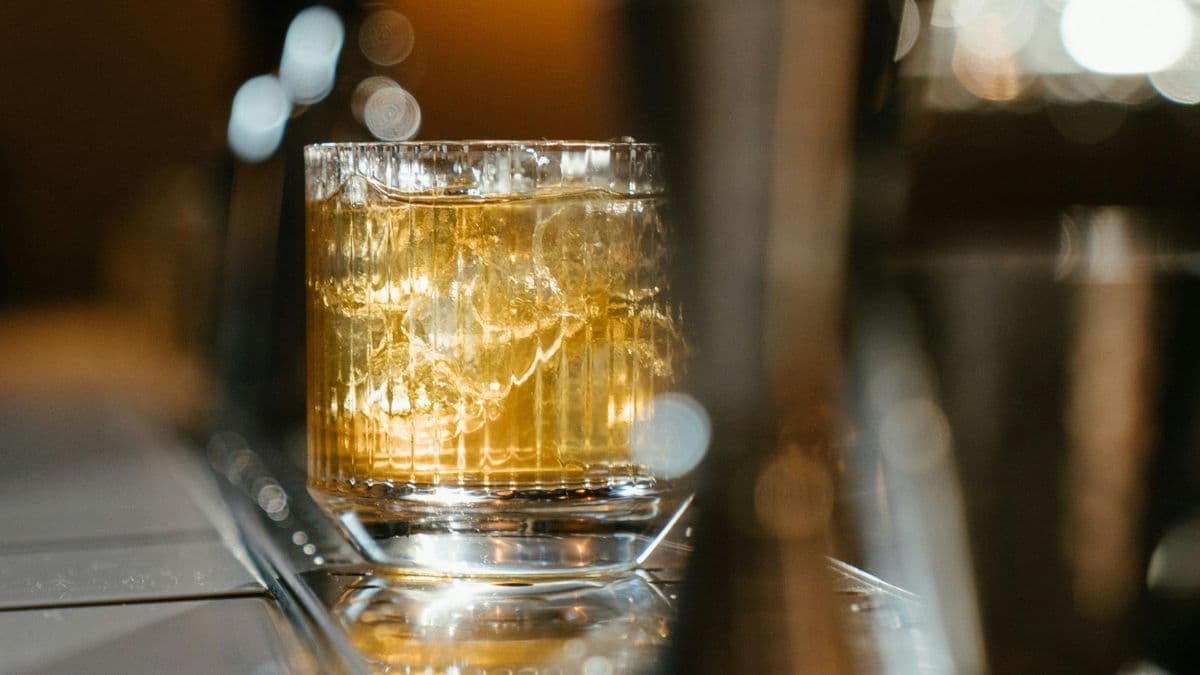
First of all, is it ok to chill whisky at all?
Contrary to what many believe, it is actually absolutely fine to chill whisky. However, this change in temperature does affect the flavour of the spirit which in turn changes the overall tasting experience. Chilling whisky has an impact on the aroma, mouthfeel and even the sweetness and tartness of the drink. Still, chilling whisky entirely depends on the tasting preferences of those part of the tasting journey.
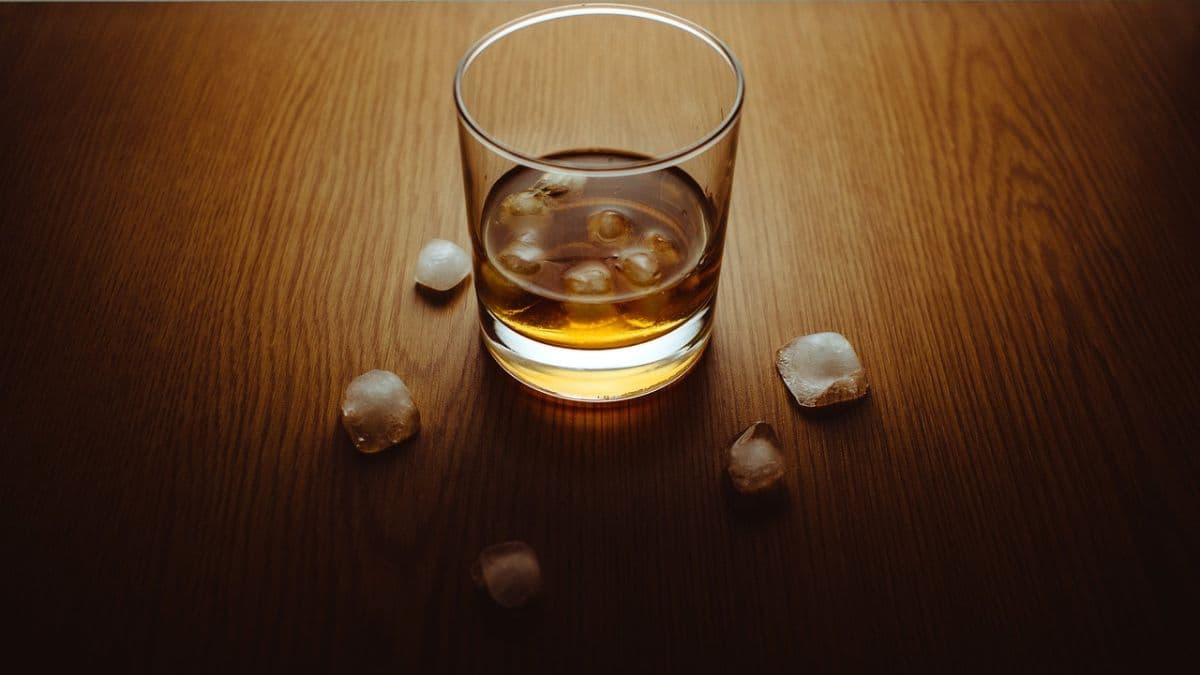
So, how does chilling exactly affect whisky’s taste?
Many times, cooling whisky can mute its aromas and flavours, especially some of its delicate fruity and floral notes and even tone down some of the more pronounced flavours of the spirit. The latter is especially true in case of cask-strength whiskies. The texture of the spirit also thickens slightly when chilled leading to a creamier mouthfeel.
Can such chilled whisky be served straight from the fridge?
Sometimes, yes. This is because one of the biggest advantages of chilling whisky in the fridge is that it lowers temperature without dilution. This is convenient for serving at a quick tasting experience as the more robust notes of the spirit are already smoothened out without the need to let the spirit decant.
Also Read: 5 Whisky Cocktails To Pair With Crispy Fried Chicken; Your Monsoon Party Needs Sorted
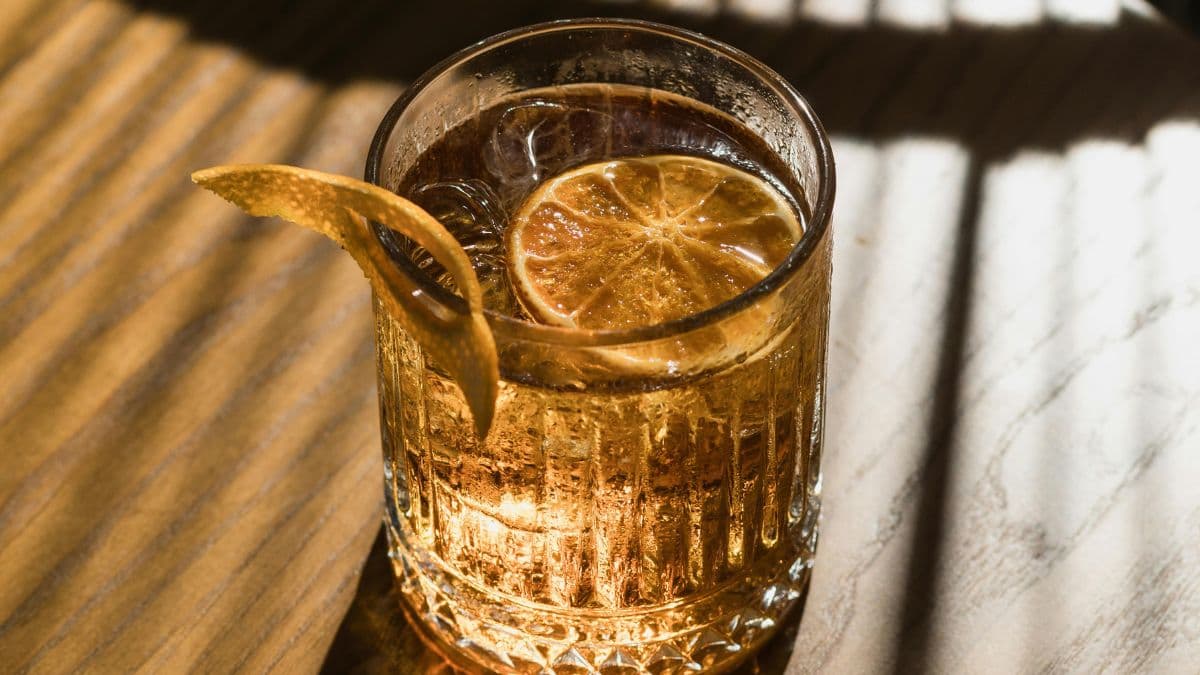
Why is room temperature whisky considered ideal for sipping?
Despite all this talk about chilling, many times room temperature whisky is considered suitable for sipping as it offers a full aroma and flavour expression; and the more complex notes unfold slowly. Chilling whisky can sometimes flatten the more interesting notes of the spirit.
Can two methods, i.e. chilling whisky and then serving it with a few drops of warm water, be adopted for tasting?
Absolutely. Many experts experiment with this process of first chilling whisky in the fridge and then adjusting its temperature with room temperature water for more balance. Sometimes, whisky stones are also used to chill the spirit without diluting it. Many connoisseurs also try chilling whisky and then warming it up with room temperature water to explore what this does to flavour.
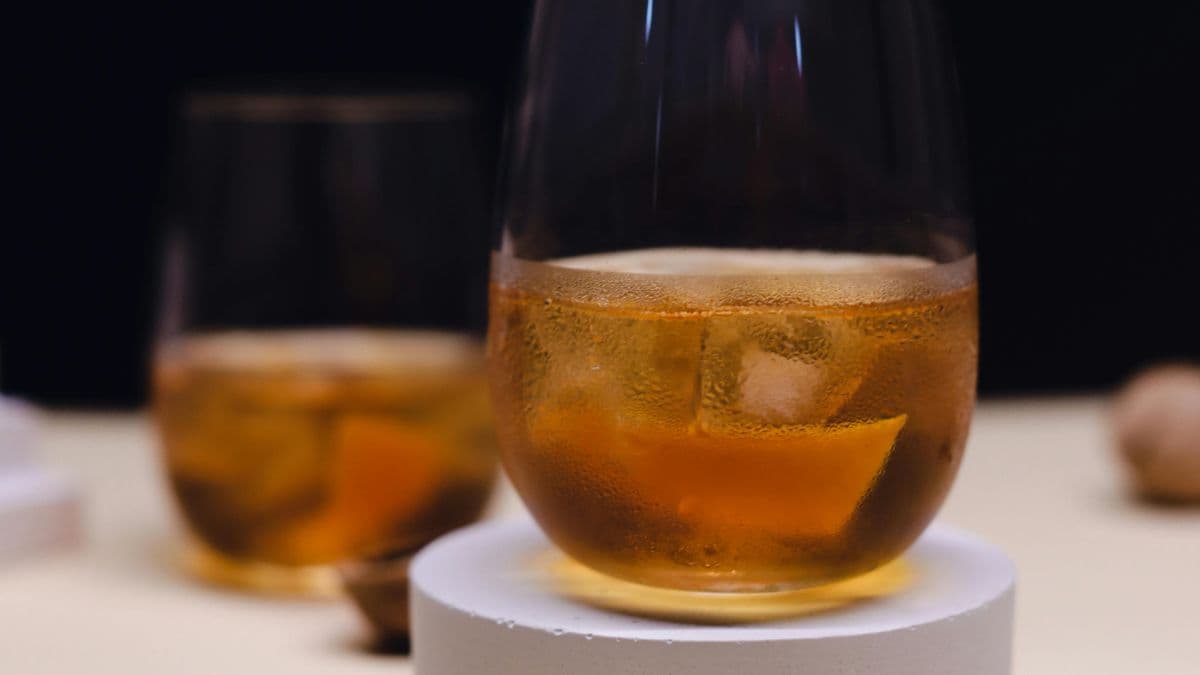
Should whisky added to cocktails be chilled?
Most whiskies added to cocktails are better introduced cold. This is especially true for drinks like the old fashioned, the whisky sour and the highball which are traditionally served chilled for better flavour expression. For shaken drinks, use ice to lend a better frost to whisky.
Can chilling whisky make it look cloudy?
Yes, sometimes chilling whisky might release some oils or esters in the spirit which can cause it to turn hazy and cloudy. This is simply a sign that the whisky hasn’t been over-processed. This is especially true in the case of non-chill-filtered whiskies.
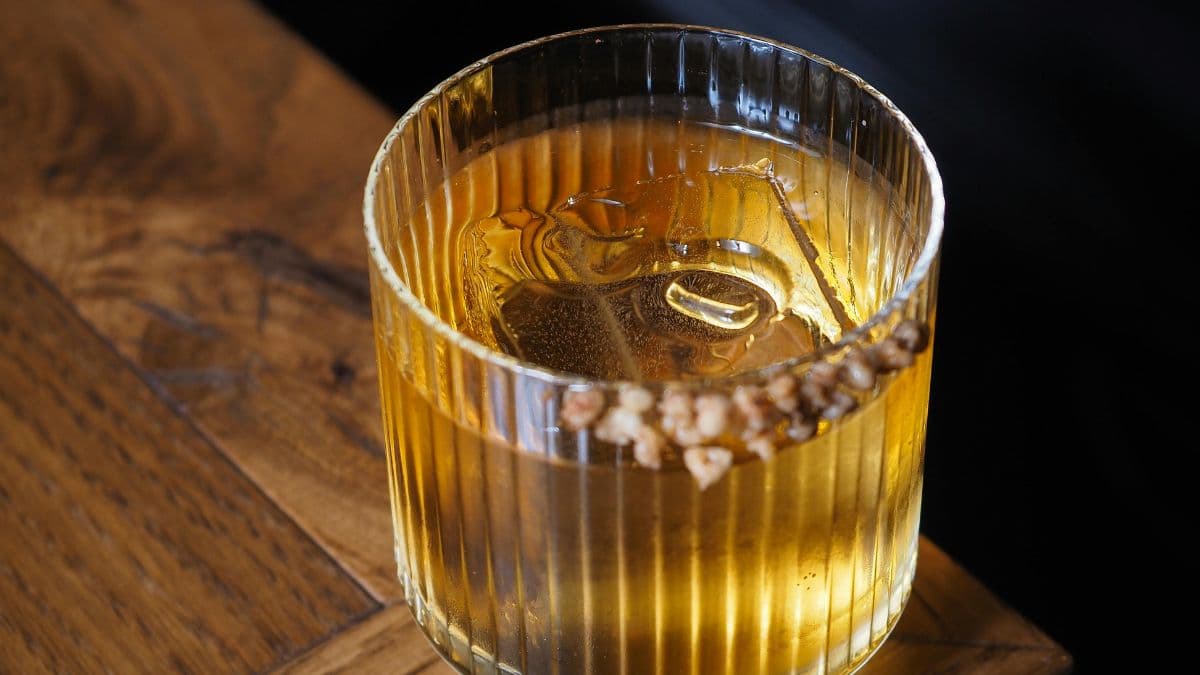
When is it better to simply avoid chilling whisky?
In the case of delicate flavours that emerge from a single malt or a peaty Scotch, chilling is best avoided because it can cut down flavour complexity. At certain tasting sessions too, whisky is best served at room temperature for a more exquisite experience. As well, chilling whiskies with a No Age Statement (NAS) can be avoided because this can make them taste dull or flat.
Drink Responsibly. This communication is for audiences above the age of 25.




